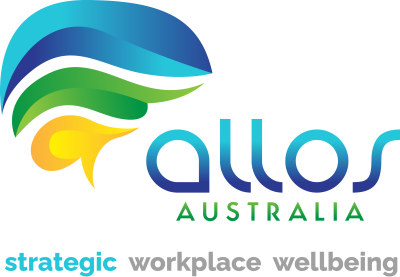Critical incidents—those unexpected and distressing events at work—can leave a profound impact on individuals and teams. From accidents to acts of violence, these experiences can trigger a range of emotional and psychological reactions. Understanding how people react to such trauma and providing strategies for recovery is crucial for promoting wellbeing and resilience within the workplace.
The Human Response to Trauma:
When faced with a critical incident, individuals may experience a variety of responses:
- Shock and disbelief: The initial reaction is often a sense of numbness and disbelief, as the mind struggles to comprehend what has happened.
- Intense emotions: Fear, anxiety, anger, sadness, and guilt are common in the aftermath. These emotions can be overwhelming and affect concentration, sleep, and overall wellbeing.
- Physical symptoms: Stress can manifest physically, with symptoms like headaches, fatigue, nausea, and changes in appetite.
- Behavioural changes: Individuals may become withdrawn, irritable, or have difficulty focusing on tasks.
Physiological Responses:
- Increased heart rate and blood pressure: This ensures that more blood, carrying oxygen and glucose, is pumped to the muscles, preparing them for action.
- Rapid breathing: The airways dilate, and breathing becomes faster and shallower, allowing for greater oxygen intake.
- Pupil dilation: This lets in more light, improving vision and awareness of the surroundings.
- Muscle tension: Muscles become primed for action, ready to fight or flee.
- Decreased digestion: Blood flow is redirected away from the digestive system to the muscles, leading to a slowing down of digestion.
- Increased perspiration: Sweating helps regulate body temperature, especially in anticipation of increased physical exertion.
- Release of adrenaline and noradrenaline: These hormones further enhance the physiological changes, preparing the body for a quick response.

Psychological Responses:

- Heightened alertness and focus: The mind becomes acutely aware of potential threats, scanning the environment for danger.
- Increased anxiety and fear: The sense of impending danger can trigger feelings of anxiety and fear.
- Hyper vigilance: Individuals may become overly sensitive to stimuli, perceiving threats where there may be none.
- Difficulty concentrating on non-essential tasks: The mind prioritises survival-related information, making it difficult to focus on other activities.
- Impaired decision-making: In a heightened state of arousal, decision-making can become impulsive and less rational.
Strategies for Recovery:
- Acknowledge the impact: It’s important to recognise that critical incidents can have long-lasting effects. Create a safe space for individuals to express their emotions and validate their experiences.
- Provide immediate support: Offer access to counselling, employee assistance programs, or peer support groups. Encourage individuals to take time off if needed.
- Foster open communication: Maintain transparent communication about the incident and recovery efforts. Address any rumors or misinformation.
- Encourage self-care: Promote healthy coping mechanisms like exercise, relaxation techniques, and maintaining social connections.
- Develop resilience: Provide training on stress management, coping skills, and building resilience. These skills can equip individuals to better navigate future challenges.
- Create a supportive workplace culture: Cultivate an environment where employees feel comfortable seeking help and discussing mental health.
Facilitating Recovery:
- Leadership plays a crucial role: Leaders should demonstrate empathy and understanding. Their actions can set the tone for the entire organisation.
- Peer support is invaluable: Encourage colleagues to check in on each other and offer support. Peer support groups can create a sense of community and shared experience.
- Professional guidance is essential: Mental health professionals can provide specialised support and guidance.
- Focus on the long-term: Recovery from trauma takes time. Continue to offer support and resources even after the initial crisis has passed.

Conclusion:
Critical incidents can shake the very foundation of a workplace. By understanding the human response to trauma and implementing strategies for recovery, we can help individuals heal, rebuild, and emerge stronger. Remember, fostering a culture of support and prioritising mental wellbeing is not only a compassionate approach, but also a vital investment in the overall health and productivity of the workforce.
Proudly powered by WordPress

